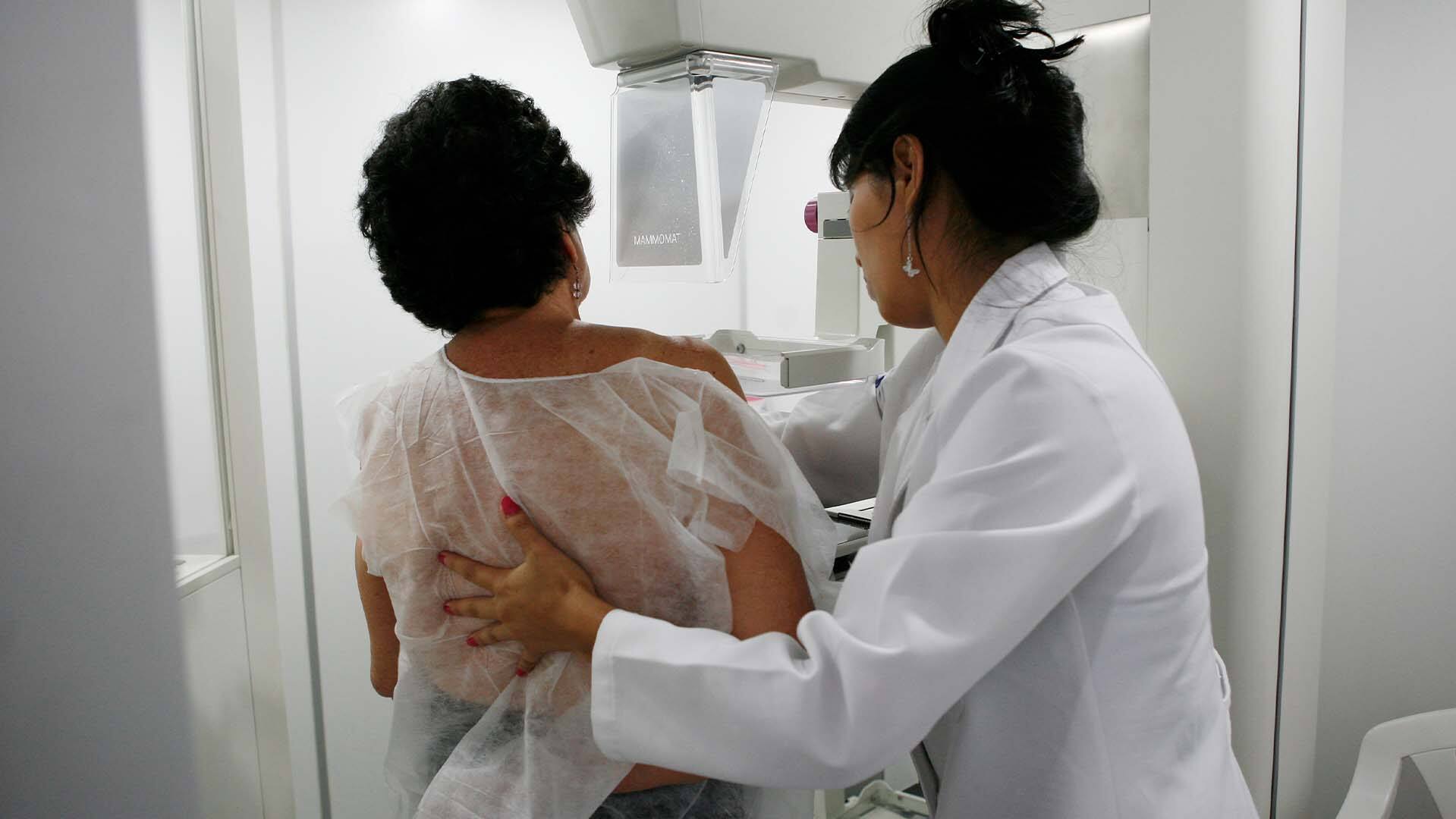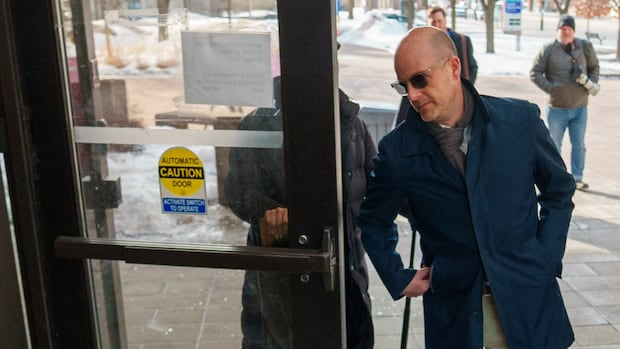Some breast cancer patients may not need radiation, new Canadian research suggests

Older women with early, low-risk breast cancer may not need to receive radiation treatment, according to a new research finding that experts say could spare patients from some harmful side effects.
In Canada, breast cancer is the second most common type of cancer, with one in eight women likely diagnosed with the disease in their lifetime. Typically women with early stage, low-risk breast cancer will have surgery, followed by several weeks of radiation and then a few years of hormone therapy, to ensure the cancer doesn’t come back.
But a new study published in The New England Journal of Medicine suggests that patients who meet certain criteria might be able to skip the radiation part of the treatment, something cancer researchers, radiation experts and breast cancer patients say is reassuring.
The study tracked women 55 years and older with low-risk, stage 1 breast cancer, and found they could be effectively treated with just surgery to remove the lump and hormone therapy.
“Now that we can identify women, who don’t require radiation, at least in a significant number, it’s going to allow them to avoid the inconvenience and side effects of [radiation] treatment,” said Tim Whelan, lead author on the study and an oncology professor at Hamilton’s McMaster University.
Some of those short-term side effects of radiation treatment include fatigue and skin irritation, according to Whelan. Meanwhile, he says long-term effects can involve distortion of the breast or breast pain and swelling.
Research shows radiation can also damage nearby organs, like the lungs or heart, in breast cancer patients.
Women must meet specific criteria
The study — a collaboration between researchers from McMaster University, Hamilton Health Sciences, BC Cancer and the University of British Columbia — monitored 500 women with luminal A breast cancer across the country.
Luminal A breast cancer is one of the four major cancer subtypes and the tumours are considered to be slow growing. Research shows that often, people diagnosed with this type of cancer have the best prognosis — they have a higher chance of survival and a lower chance of the cancer coming back.
In the study, the cancer had not spread to the patients’ lymph nodes or other parts of their bodies, and their tumours were two centimetres or smaller.
The tumours were also considered to be either grade 1 or 2, which means the cancer cells didn’t look especially abnormal.
Those in the study also all had less than 13.25 per cent of a protein called Ki67, which is associated with cell growth. People with Ki67 levels greater than 15 per cent usually have a higher likelihood of recurrence.
Results also showed that 2.7 per cent of the study’s participants had breast cancer recur in the same breast, in the lymph nodes or spread to another part of the body.
Whelan, also a Canada Research Chair in breast cancer, says if women fit the above criteria, then it’s clear that their risk of recurrence is low, so there isn’t “really any advantage” to having radiation treatment.
According to Whelan, about 60 per cent of women with breast cancer have luminal A, though he says his findings will apply to about 15 per cent of those women, as they also need to meet all of the additional criteria.
Dr. Martin Yaffe, a professor and senior scientist at Sunnybrook Research Institute in Toronto, said the findings are “really good news.”
“It’s an example of what we call precision medicine, and that is getting away from the one-size-fits-all approach to treating cancer,” said Yaffe, who specializes in breast cancer research.
A U.S. medical task force is recommending routine mammogram screening for breast cancer should start at 40 not 50, especially in people in high-risk categories.
Radiation ‘not uniform’ treatment
According to Ohio-based radiation expert Dr. Corey Speers, the findings are significant as they suggest that the “benefit of radiation is not uniform for all patients.”
In the past, Speers says there’s been research looking at certain features, like a woman’s age or the size of the tumour, but this is one of the first studies to look at the biology of the cancer.
“We have long known we over treat some women with breast cancer,” said Speers, who is the vice chair of radiation oncology at Cleveland’s University Hospitals Seidman Cancer Center.
While he says this study is an important addition to the field, Speers notes that it’s still unclear whether the radiation is working, and if it is, how much of an effect it’s having.

He says that they still don’t know if radiation provides these low-risk patients with an “additional benefit” because the study did not have a control group of women who met the criteria and still got radiation.
“This test tells us that they’re at low risk if they don’t get radiation treatment, it doesn’t tell us whether [their risk] can be further reduced yet.”
Speers says it would be beneficial when discussing treatment plans to be able to tell patients about the level of risk they have of the cancer recurring and what, if any, benefit they would get from radiation treatment.
“I think that would be reassuring to patients,” he said.
Treatments take ‘quite a toll’
For Waterloo resident Karin McNabb, who was diagnosed with stage 1 breast cancer last year, the study’s results are “fantastic.”
The 57-year-old says she had a 1.8 cm tumour and underwent surgery to remove the lump, followed by 16 rounds of radiation.

McNabb says the radiation took “quite a toll” and built up gradually.
“You don’t feel the effects of radiation until a week later,” she said. “So by the time you’re three and a half, four weeks in, it is quite painful.”
McNabb recalls that during radiation treatment her breast was “rock hard” and her skin became blistered and raw.
While the short-term side effects have subsided and McNabb is considered cancer free, she says she still experiences mental fog and feels “scattered” on occasion — something she attributes to the radiation.
But she says whether women receive radiation or not will likely depend on the advice of their doctors.
“There are many, many women who go through treatments and, because they’re shell-shocked, they don’t have an opportunity to really analyze or think, because things happen so quickly,” said McNabb, noting that’s why the studies are important.
“Because, as a patient and a breast cancer survivor, you rely on your oncologist to make those decisions and present the facts to you.”
Whelan’s findings were initially discussed in June last year at the American Society of Clinical Oncology Annual Meeting in Chicago, but have now been peer-reviewed and published in full.
He says the group recently received more funding from the Canadian Cancer Society, so they plan to continue to follow-up with the women in the study and assess what their risk of cancer recurrence is at the 10 year mark.





